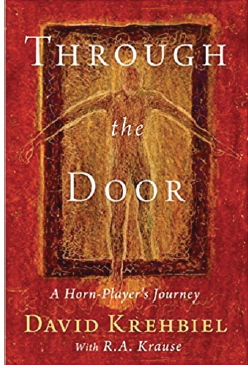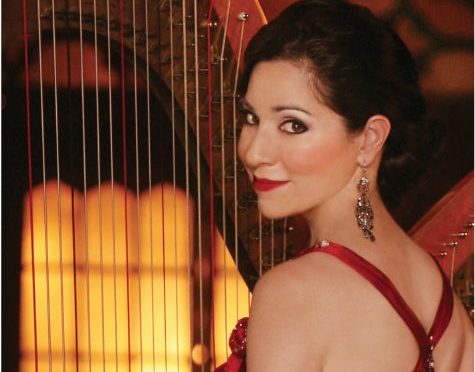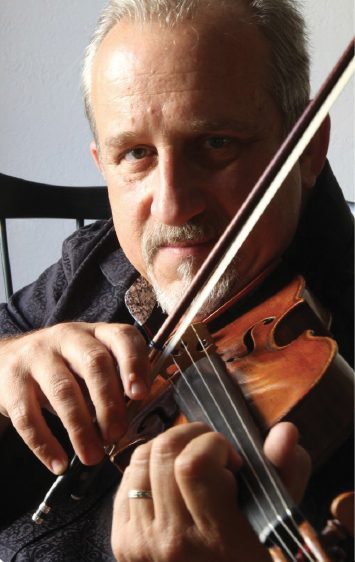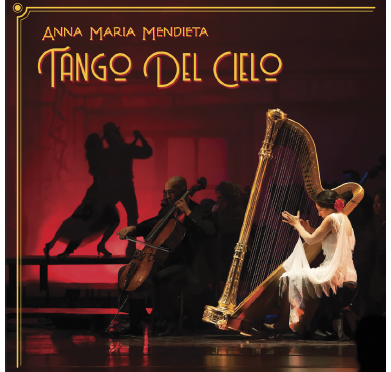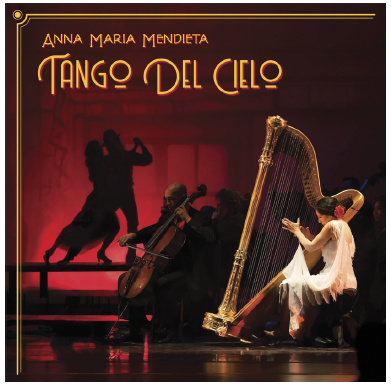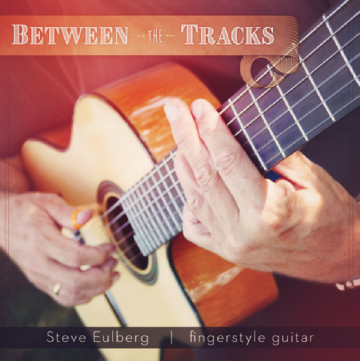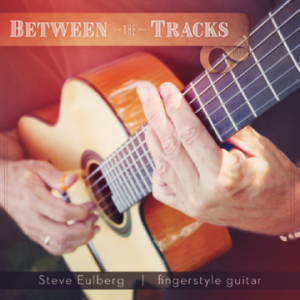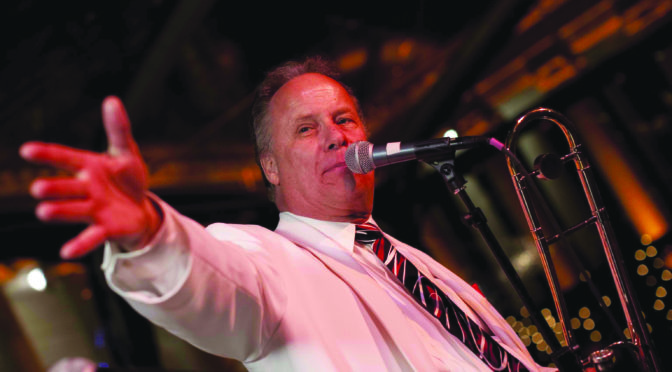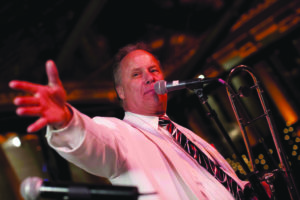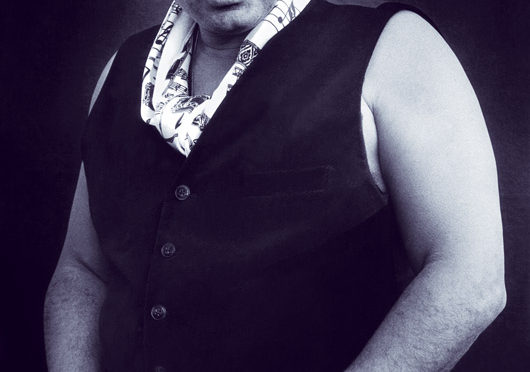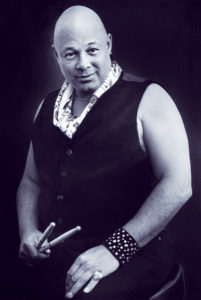On November 26, 2020, the musicians of the San Francisco Ballet Orchestra, members of Local 6 (San Francisco, CA), ratified a two-year extension agreement of their 2015-20 agreement that runs from December 1, 2020, through November 30, 2022. The musicians and management had steady communication from March until reaching agreement in late November; a mediator was engaged for the final two months of negotiations.
The orchestra agreed to approximately 77% of the 2019-20 base salary, plus an additional lump sum payment of $3,925 each year, in the form of either an IRS Section 139 Disaster Relief Payment (as long as the disaster declaration is in force), or a 403(b) employer contribution. The Disaster Relief Payment is not considered “wage replacement.” Nevertheless, such payment, coupled with the season guarantee, results in annual compensation equal to approximately 83% of the 2019-20 annual guarantee.
All orchestra members, contracted substitutes, and extras were paid fully through the end of the 2019-20 season. The 2019-22 IMA and COVID-19 Side Letter, which qualifies them for Tier 4, were ratified along with this agreement.


